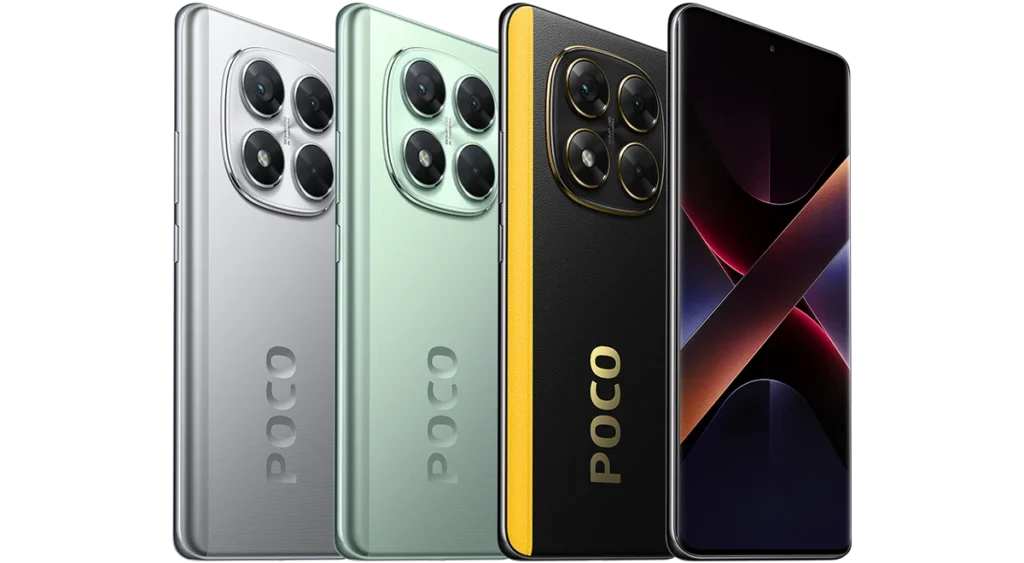The Poco X7 we received for review showcases a striking design, featuring Poco’s iconic yellow and black color scheme on its vegan leather back panel. Notable upgrades include IP68 certification (IP69 even in India), Gorilla Glass Victus 2 for screen protection, a more advanced chipset, and enhancements to the main camera.
It retains the same CrystalRes AMOLED display as the Poco X6, boasting a 6.67-inch screen with a resolution of 1,220p, 12-bit color depth, along with support for Dolby Vision and HDR10.
The standout feature is undoubtedly the performance boost from the new Dimensity 7300 Ultra chipset, promising significant improvements in both CPU and GPU capabilities. Plus, with 12GB of LPDDR4X RAM at your disposal, multitasking and demanding applications should run smoothly.

Proccessor
Dimensity 7300-Ultra
- 4nm manufacturing process
- CPU: Octa-core CPU, up to 2.5GHz
- GPU: Mali-G615 MC2
We all know budget phones have to save cost on all fronts in order to reduce the selling price. So what has the X7 sacrificed in the name of cost-cutting? It’s performance. The Dimensity 7300 Ultra is an entry-level chipset that is slightly better than the normal iteration. It is clear that they played with the best processors of the same chipsets and focused on marginal increases in 2–5% performance.
GeekBench 6
- Poco X7
- 2846
- Dimensity 7300 Ultra, 512GB, 12GB RAM
Its Poco X7 is built on the 4nm fabrication process MediaTek Dimensity 7300 Ultra chipset. CPU consists of 4×2.5 GHz Cortex A78 Cores as well as 4×2.0 Cortex A55 Cores which all clock at 2.4 GHz and Mali-G615 MCM2 as GPU.
AnTuTu 10
- Poco X7
- 677093
- Dimensity 7300 Ultra, 512GB, 12GB RAM, 1220 x 2712 px
It features LPDDR4X RAM and UFS 2.2 storage on the X7. The configuration we have is 12GB RAM and 500GB storage.
The Poco X7 offers decent performance for their class and its GPU performance does get a slight increase over that of the PocoX6’s.
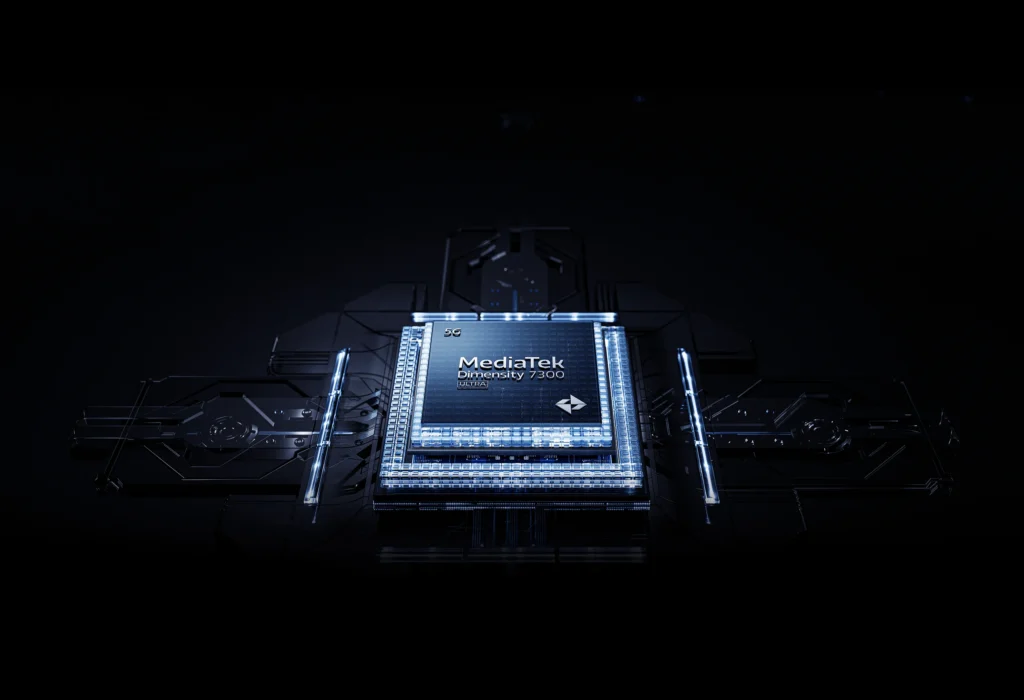
3DMark – Wild Life Extreme (2160p)
- Poco X7
- 846
- Dimensity 7300 Ultra, Mali-G615 MC2, 1220 x 2712 px
On the CPU test the Poco X7 got a score of 78% and on the GPU stress test it scored 99percent. That means it has incredibly prolonged performance. It didn’t overheat in our test.
It’s a good device. Poco X7 can play any app and game without any issue, but let’s be honest, this is still a mid-range device and hardware for that matter which gives an average game performance, not more, not less. While our testing with the Poco X6 didn’t encounter any glitches or stutters,
Read another post: OnePlus 13R Review | OnePlus 13R Full phone specifications and Price
Storage & RAM
8+256GB, 12+512GB
- LPDDR4X + UFS2.2
Available storage and RAM are less than the total memory due to storage of the operating system and software pre-installed on the device.
Dimensions
- Height: 162.33mm
- Width: 74.42mm
- Thickness: 8.4mm/ 8.63mm (PU)
- Weight: 185.5g(plastic) /190g(PU)
Design and Display Review
6.67″ CrystalRes AMOLED display
- Resolution: 2712 x 1220 (1.5K resolution)
- Refresh rate: Up to 120Hz
- Touch sampling rate: Up to 480Hz;2560Hz instant touch sampling rate
- Brightness: 500 nits (typ), 1200 nits (HBM brightness), 3000 nits (peak brightness
- Color depth: 12bit
- Contrast ratio: 5,000,000:1
- DCI-P3 wide color gamut
- Corning® Gorilla® Glass Victus® 2
- Supports Dolby Vision®
- Reading mode
- 1920Hz PWM dimming
- 20,000-level brightness adjustment
- HDR10+
- TÜV Rheinland Low Blue Light Certification (Hardware solution)
- TÜV Rheinland Circadian Friendly Certification
- TÜV Rheinland Flicker Free Certification
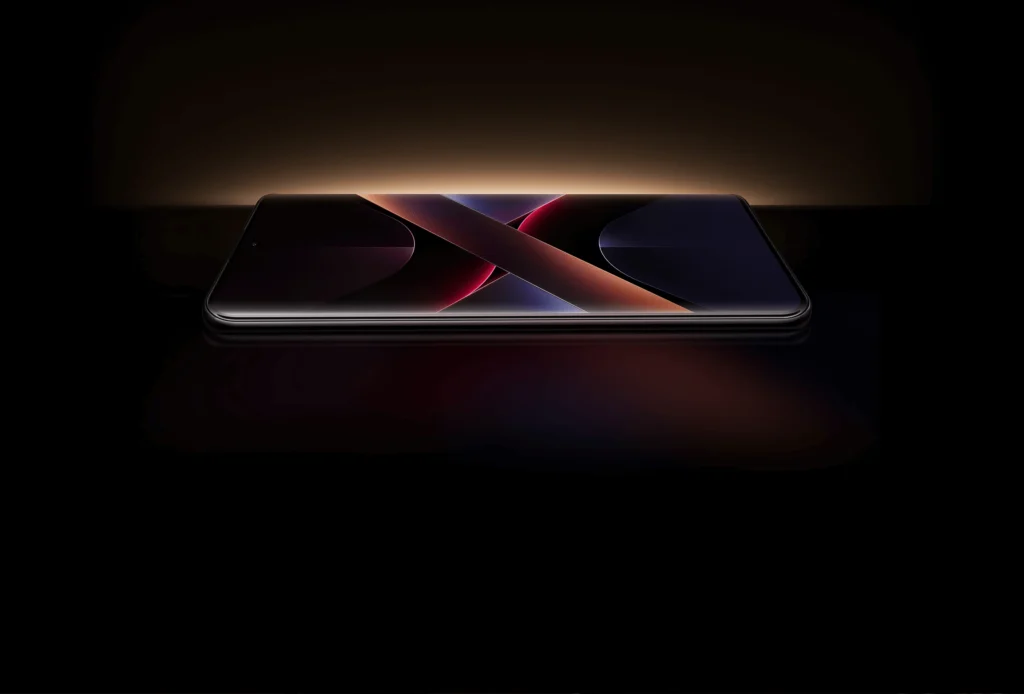
The look of the X7 range of devices has been renewed this year with the return of that iconic POCO yellow colour on the X7 5G, while 3D curved display has also been introduced into the X lineup for the first time. The camera is big at the back. It features a black textured strip down the middle with yellow trim. There’s the huge POCO logo on the back panel that I’m not too fond of.
The fake leather texture does a great job preventing any fingerprints and streaks of smudges. At the bottom are ports for USB-C, SIM tray, and the stereo speaker where the second of the stereo speakers sits on the top. Well, as expected, the volume and control buttons, to the right.
| Weight | Thickness | IP Rating | |
| POCO X7 5G | 190 grams | 8.63mm | IP66 +IP68 +IP69 |
| Moto Edge 50 Neo | 171 grams | 8.1mm | IP68 |
| iQOO Z9s | 182 grams | 7.49mm | IP65 |
The phone has an incredible water and dust resistance with IP66, IP68 and IP69 ratings and I tested it out by bringing the phone with me to my shower in the morning. The phone still works, which was as far as I was willing to push it to — you slap all the main heavy-duty protection on a phone and you can still find a way to destroy it with a splash of H2O, which does not play well with electronics. Uncommonly, a 3D-curved solution here is protected with Corning Gorilla Glass Victus 2, which is something to consider if you’re also interested in this price solution.
| Display | Peak brightness | |
| POCO X7 5G | 6.67-inch AMOLED | 3,000 nits |
| Moto Edge 50 Neo | 6.4-inch pOLED | 2,800 nits |
| iQOO Z9s | 6.78-inch AMOLED | 1,800 nits |
The device comes with the 6.67-inch AMOLED 1,220 x 2,712 pixels 120Hz refresh rate display. It is HDR10 certified, Dolby Vision compatible, and 100 percent DCI-P3 color gamut, which means the display produces vibrant pictures and the content looks nice. This is one of the best displays I’ve seen in the market for this price, and if you’re a media file and video-heavy user, you’re talking about a lot of value.
The stereo speaker configuration is also impressive, as loud volume can be reproduced with clarity even at loud volume. This is helpful for bright sunlight and assures the display remains viewable. In-display fingerprint sensor, Fast, and can be unlocked with wet hands through Wet Touch 2.0 technology.
Phone Case for Xiaomi Poco X7
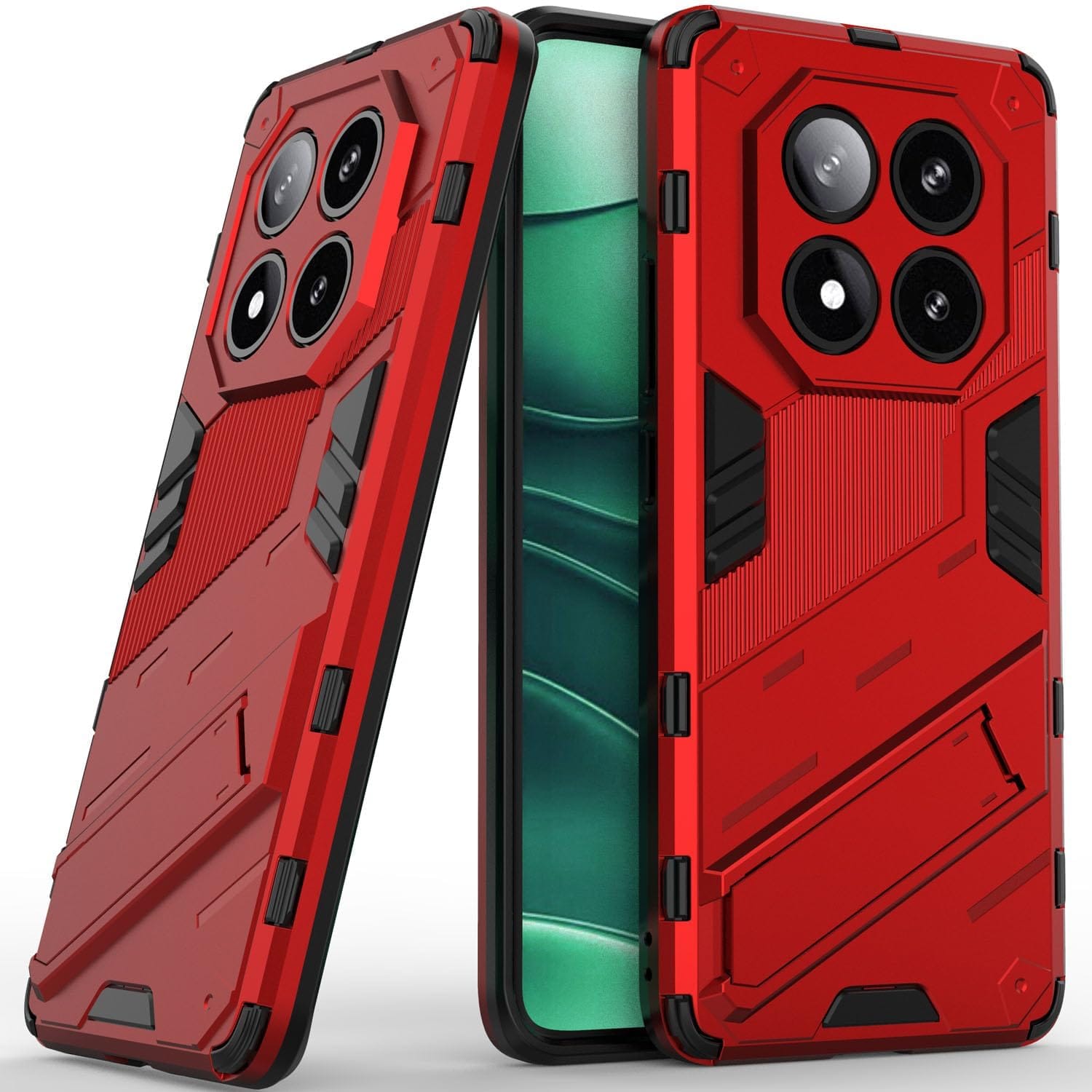
Two-Layered Protection Hard Shell Case with Integrated Two-Way Kickstand
- Two-layered case protects for outstanding protection.
- Enhanced grip to avoid fatal drops.
Rear camera
50MP main camera with OIS
- OIS
- f/1.5
- 4-in-1 binning into one large 1.6μm pixel
8MP ultra-wide camera
- f/2.2
- 2MP macro camera
- f/2.4
Dynamic shots
- Motion tracking focus
- Lightning Burst
- film Frame
- Portraits
- Document
- Night mode
- Dual video
- Steady video
Rear camera video recording
- 4K at 24/30fps
- 1080p at 30/60fps
- 720p at 30fps
- Slow motion: 1080p at 120fps
- Slow motion: 720p at 120/240fps

Front camera
20MP front camera
- f/2.2
- Soft-light ring
- AI beautify
- Night mode
- Portrait mode
- Palm Shutter
- Selfie timer
Front camera video recording
- 1080p at 30/60fps
- 720p at 30fps
The POCO X7 5G features a 50-megapixel Sony LYT 600 primary camera with OIS and EIS support and an 8MP ultra-wide-angle lens. At the front, it has an 20MP camera with an aperture of f/2.2 for video calls and selfies. The phone captures great photos during daylight with high resolution quality, decent color accuracy and clarity. The colours are a little bumped up but the colour correction is done in moderation and promotes the photos but doesn’t give you a false impression.
Dim light is soft images and less detail. Question it for the fact that I have tested by Avai AI Night mode of component and even the quality of picture is better but there are some enhancements required. The other is, the quality of the. The images are also not very good and the in it, there is a good amount of.
The front camera is similarly good and takes beautiful selfies in daylight. The facial features, however, are softer. In low light the selfies are soft and a bit noisy.
I put the phone’s camera up against some of its main competitors, and here’s how it fared:
Daylight
Daylight Photography The POCO X7 and Moto Edge 50 Neo ( review) are pretty much even to each other. While the POCO’s color reproduction is quite saturated, it results in a pleasing image. Its image itself looks like it lacks contrast compared to the Motorola model, but it does manage to capture more details. With regard to colour accuracy the POCO X7 is a closer reflection of reality than what the competition manages.
Detail in daylight shots of the IQOO Z9s And POCO X7 are strikingly similar, even colors to a certain extent are similar between both camera devices. It can boost its greens and blues better and its image is a little more clear. Just the sky has the color.
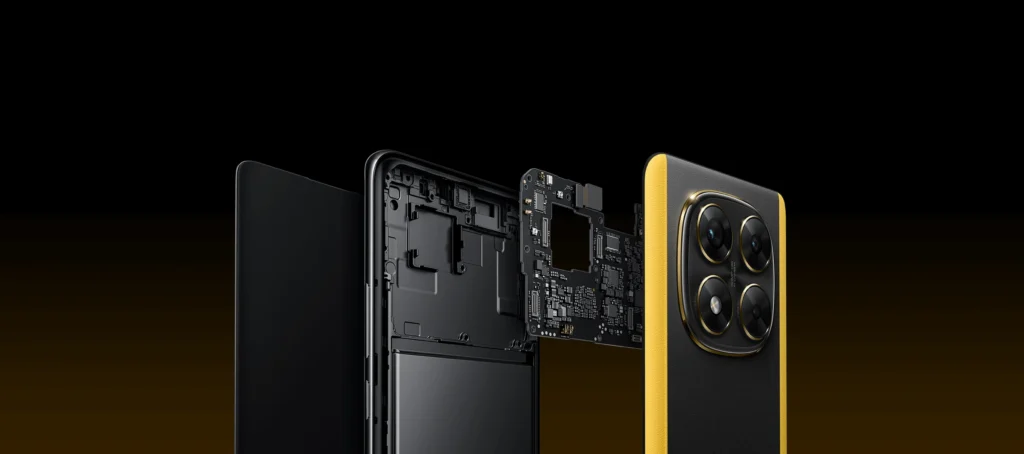
Portraits
For portraits The Moto Edge 50 Neo offers an advantage in that it has a zoom lens. Portraits with it have much more edge detection, but unbelievably, the resolution is the same. In reality I actually still prefer the POCO X7’s image since colors here are a better fit to what one can expect.
Unlike the POCO X7, which offers redder tones for skin of the subject, the iQOO Z9s can capture a picture that is more realistic in colour. The former has got slightly better edge detection but the image is not as clear as POCO X7.
Selfie
Due to several reasons, the POCO X7 selfies doesn’t look as good as the Moto Edge 50 Neo. The trick is that it flattens and beautifully brings out the shapes of the face. It also brightens the complexion a lot and at the same time, it also works to make skin look better. Moto Edge 50 Neo preserves the natural tone of your skin.
The iQOO Z9s was able to show vivid colors in selfies but it loses out facial features completely in the drastically washed-out lights whereas the POCO X7 retains some clarity. Skin tone is more vibrant compared to POCO X7.
Low-light
Low-light shots from the POCO aren’t quite as refined as what we see with the Moto Edge 50 Neo. It has more detail and better lighting compared to POCO’s X7. POCO X7.
In comparison to POCO X7, the iQOO Z9s is better at capturing details and better at clean and clear images. POCO X7 in low-light. The latter, though, gets a lot of colours wrong and the result is a scene that looks unnatural.
Battery and charging
- 5110mAh (typ)
- 45W turbo charging
- 45W in-box charger
POCO X7 will contain 5500mAh battery, as well as 45W fast charging support. The battery capacity has been raised but speed for fast charging has been reduced from 67W using X6. Battery: Average performance in test given the price but one day+ on medium use Charging from 20 to 100 percent takes around 50 minutes, a good figure but lower than some competitors.
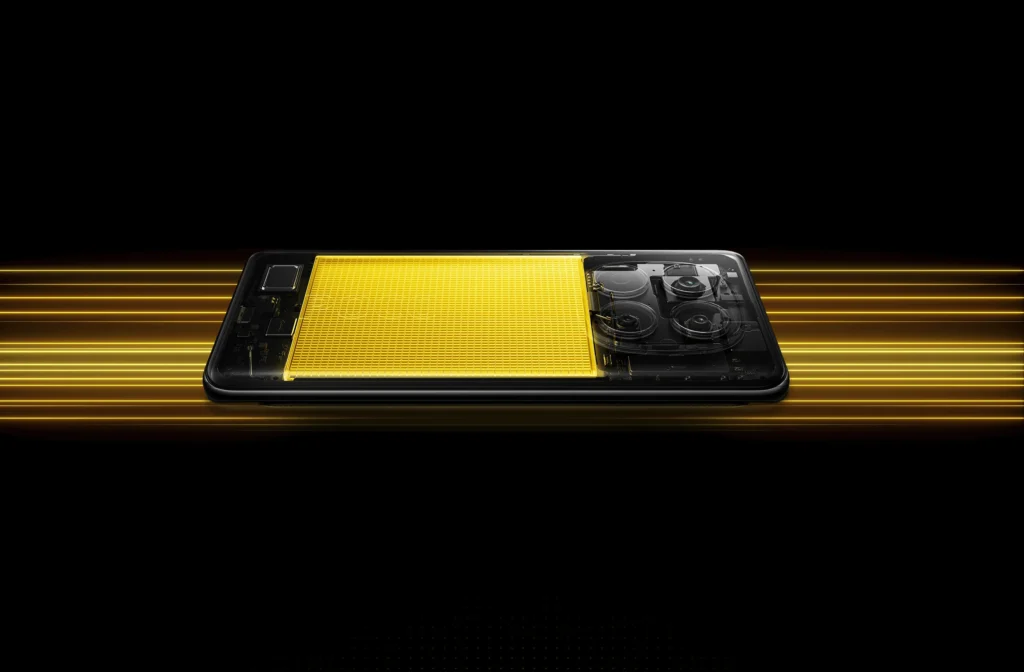
| Battery | Charging time | |
| POCO X7 5G | 5500mAh | 50 minutes (45W) |
| Moto Edge 50 Neo | 4310mAh | 37 minutes (68W) |
| iQOO Z9s | 5500mAh | 66 minutes (44W) |
Security
- In-screen fingerprint sensor
- AI Face Unlock
NFC
- Yes
Functions may vary in some markets.
Network & Connectivity
Dual SIM, dual standby(5G+5G,5G+4G)
network bands:
- 5G Sub6G: n1/2/3/5/7/8/20/28/38/40/41/66/77/78
- 4G: TDD:B38/40/41/42/48
- 4G: FDD:B1/2/3/4/5/7/8/18/19/20/28/66
- 3G: WCDMA:B1/2/4/5/6/8/19
- 2G: GSM: 2/3/5/8
Wireless Networks
- Bluetooth 5.4
- Wi-Fi: Wi-Fi 6/Wi-Fi 5/Wi-Fi 4/802.11a/b/g
- Supports 2.4GHz Wi-Fi | 5GHz Wi-Fi
- Supports 1×1,Wi-Fi Direct
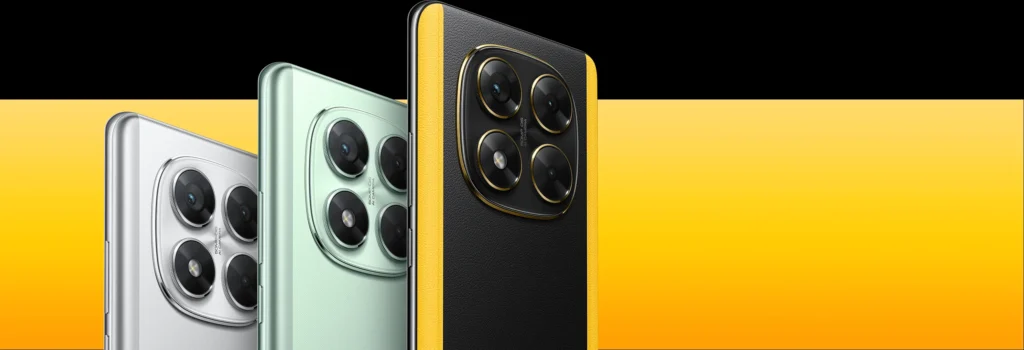
Navigation
- Beidou:B1I
- GPS:L1
- Galileo:E1
- GLONASS:G1
- QZSS:L1
- A-GPS supplementary positioning
- Wireless network
- Data network
- Sensor Assisted Positioning
Also see: Oppo Reno 13 Pro Review: Exploring the Design and Features
Audio
- Dual speakers
- Dolby Atmos®
Sensor
- Proximity sensor
- Ambient light sensor
- Accelerometer
- Electronic compass
- IR blaster
- Gyroscope
- X-axis linear motor
Water & Dust Resistance
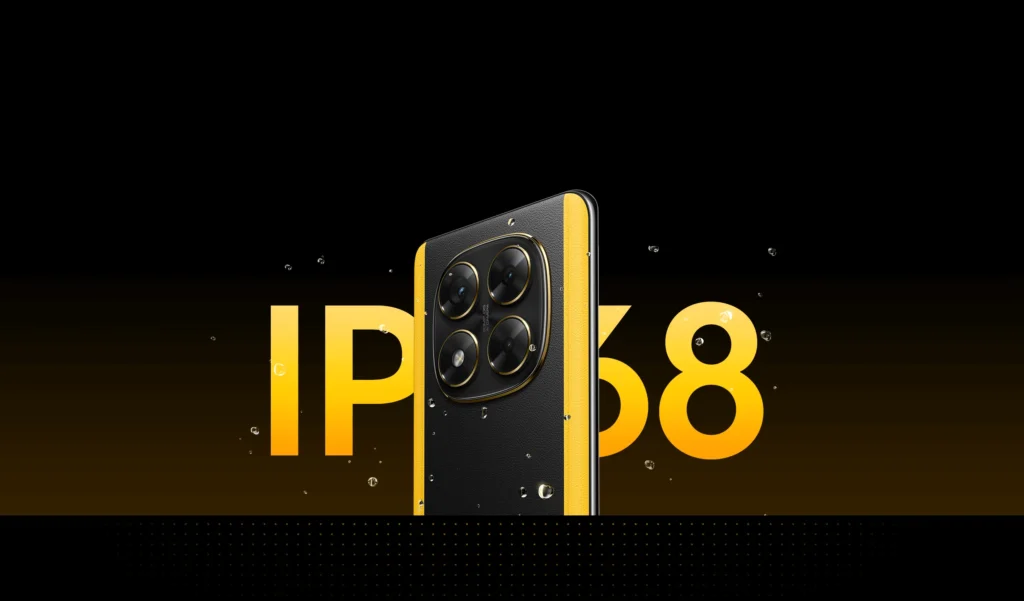
- IP68
Operating system
- Xiaomi HyperOS
Poco X7 is powered by HyperOS 1.04 and Android 14, unlike its X7 Pro with Hyper OS 2 based on the Android 15.
If you are a user of an older version of MIUI based on Xiaomi, then you will feel at home with HyperOS. This doesn’t come as a huge departure from MIUI we’ve seen before but it feels a little more polished, and Xiaomi says there are a few internal tweaks going on as well.
On the software front, Xiaomi guarantees three major OS updates (Android releases) for both the X7 and X7 Pro along with 4 years of security updates.
Xiaomi UI is something we’ve covered at great length in our exhaustive HyperOS, and many elements that come in UI here, also exist on Poco Note that there is some inconsistency across Xiaomi handsets, with Poco phones always being a bit different in terms of software when compared to all Xiaomi phones.
The gap has narrowed over the years, but the gap has expanded, and the only minor adjustments on Poco’s HyperOS. For instance, Poco smartphones have the app drawer enabled by default and double tapping an empty area on your homescreen will lock your device.

Package content
- Mobile Phone
- Adapter
- USB Type-C Cable
- SIM Eject Tool
- Protective Case
- Quick Start Guide
- Warranty Card
Contents in the package may differ across different regions.
Full Review
The POCO X7 5G phone is a great addition to the range and highlights plenty of positives. Not only is it encased in a very tough, well made chassis, but it also offers a gorgeous display, creating exceptional multimedia experience. It performs reasonably well in terms of camera in day light conditions, and battery backup performance is also pretty impressive.
Its close competitors are the iQOO Z9s and the Moto Edge 50 Neo. But iQOO Z9s is a performance-centric handheld, featuring the same budget chip while being a more high-performing variant of the POCO X7 for a cheaper price. Its battery life is similar and charging speeds but its cameras are a way behind the POCO X7.
With a processor similar to that of the POCO the X7’s, its Moto Edge 50 Neo and Directions’ capabilities and cameras also match it however, the battery life doesn’t match up quite as well, so if you’re a heavy user, you might be a bit stingy. The POCO X7 5G looks to be a solid budget option if you’re specifically after gaming, multimedia and long-lasting batteries.
Reasons to buy
- The POCO X7 is also very durable and slightly dust and water-resistant.
- It has excellent display and stereo speakers.
- In terms of cameras, this phone does quite well in daylight for stunning pictures.
- Battery life of the POCO X7 is pretty good and will get most users comfortably through a day.
Reasons not to buy
- The low-light camera on the POCO X7 is not as great as those on other phones.
- Less bloatware would be better in terms of software too.

